MAKING TAX DIGITAL FOR SMALL BUSINESS
WHAT YOU NEED TO KNOW AND PREPARE BEFORE APRIL 2019
HMRC has announced their plan to make tax digital by 2019. Under the new scheme, people will have online tax accounts that track their professional and business transactions automatically. These accounts will be submitted quarterly to HMRC to estimate the taxes due.
The online system is intended to be more transparent while removing some of the inaccuracies and inefficiencies that hinder paper tax filings.
This is not the same as lodging a return online. Making tax digital has three important distinctions:
- Bank transactions and other financial information will flow automatically into people’s digital tax account, whether or not they declare that income or those expenses.
- Submissions will need to be made at least once per quarter.
- Submissions will need to be filed using some form of software.
While Making tax digital has been on the agenda for some time, the latest government finance bill has proposed a two-part roll out:
- From April 2019, businesses with a turnover above the VAT threshold will have to keep digital records for VAT purposes.
- From 2020, businesses may be asked to keep digital records and update HMRC quarterly for other taxes.
What does it mean for your business?
Your business will need to use some form of software to keep your VAT records and file VAT returns if you fall into the above category. Remember this will become a requirement from 1st of April 2019.
For other forms of tax, your business will likely be required to submit accounts every quarter which is scheduled to take effect in 2020. Thus keeping your records electronically will become essential.
More frequent submissions will help your business avoid nasty surprises. Big tax bills can accumulate over the course of a year but when tax is calculated quarterly, things are far less likely to get out of hand.
If your business chooses to use accounting software, you should make sure it has online capabilities. Desktop accounting software hasn’t traditionally been able to submit tax online.
As a bonus, online accounting software also allows you to:
- access the business’s accounts from anywhere there’s internet
- create ‘bank feeds’ so transaction data flows straight into the ledger
- collaborate online with your bookkeeper by leaving and receiving messages within the software
Online accounting software can also sync with other online services such as POS software, inventory management software, or time-recording apps.
Where do I start?
Don’t think of making tax digital as just another obligation. This is your opportunity to regularly check income, expenses and profit in your business – which will help you make better decisions. Take these three steps to help make the transition smooth.
- Figure out when you have to make your tax digital
You can make your tax digital right now, if you like, and there’s no reason to wait till the last possible moment to do it. But you need to know when it will become compulsory for your business. You’ll find a government timeline here. - Consider online accounting software
You don’t have to use online accounting software to comply with making tax digital but it might make things easier. And it will give you access to other powerful tools. Ask your bookkeeper about online accounting software or read this guide to learn more. - Assess your bookkeeping support
Will you hire a tech-savvy bookkeeper to help your business make tax digital? If so, start looking soon. They’ll be busy people during the transition period.
Making tax digital could be really good for your business
Change can often seem daunting, especially if it requires you to adopt new technology. However, quarterly tax filing could actually lessen your workload. And by updating your accounts more often, you’ll be able to react faster to opportunities and threats in the business.
For help setting up your digital accounts and VAT reporting, speak to our qualified bookkeepers today.
Source: xero.com



